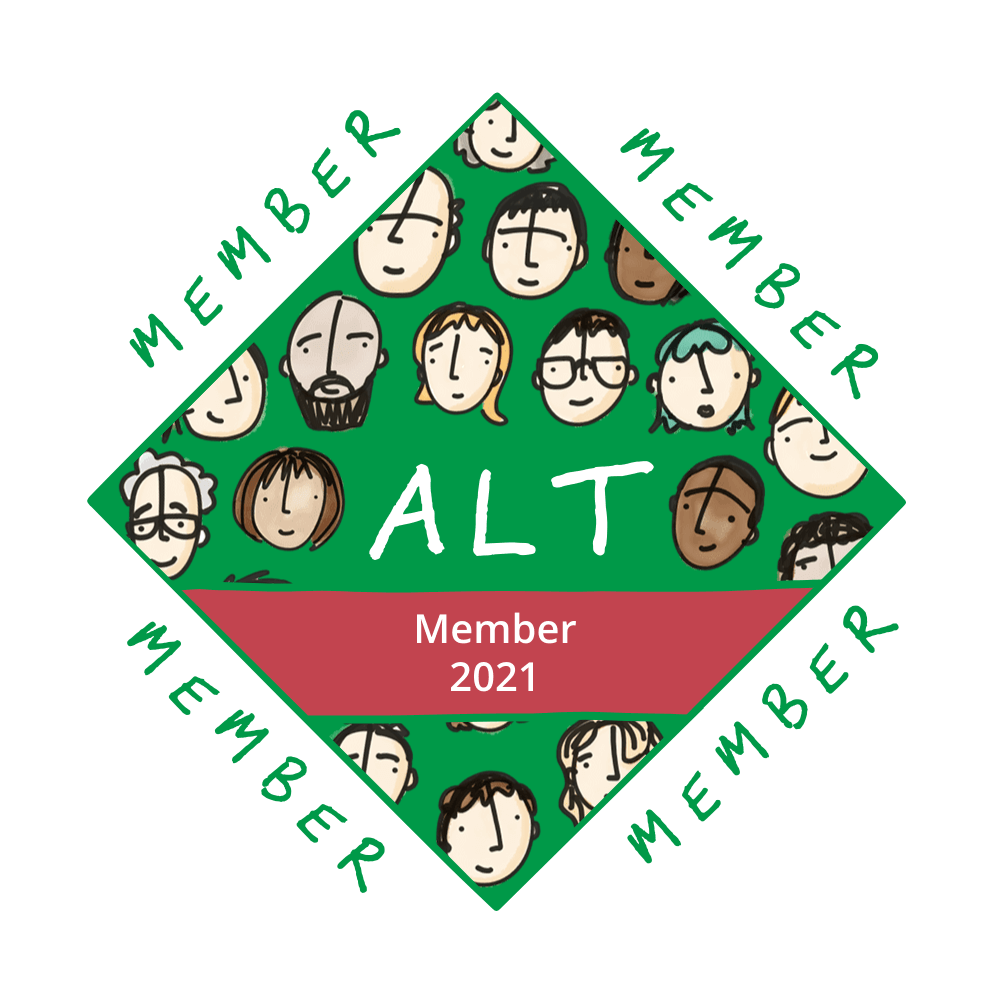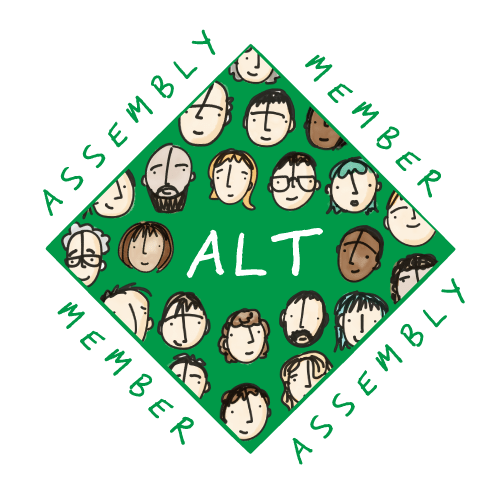The New Normal Webinar Episode 8 #TNN
Discussion with four university students exploring the impact of COVID-19
Friday 16 July 2021, 1pm AEST
Panellists: Associate Professor Thomas Cochrane, Dr Chris Deneen, Dr Siew Fang Law, Professor Brian Martin, Ms Catherine Manning
Abstract: This episode featured a discussion with four university students exploring the impact of COVID-19 on their learning experiences.
Citation: Martin, Brian; Deneen, Christopher; Law, Siew; Manning, Catherine; Cochrane, Thomas (2021): TheNewNormal Webinar Episode 8: The COVID-19 student experience. The University of Melbourne. Media. https://doi.org/10.26188/15001224


Recent Comments